Iliac Artery Endofibrosis is increasingly prevalent among pro and amateur cyclists - here’s what you should know
Amongst the pros, Tayler Wiles, Amanda Spratt, Pauline Ferrand-Prevot, Bob Jungels and most recently Zdeněk Štybar have all suffered from issues with their iliac arteries
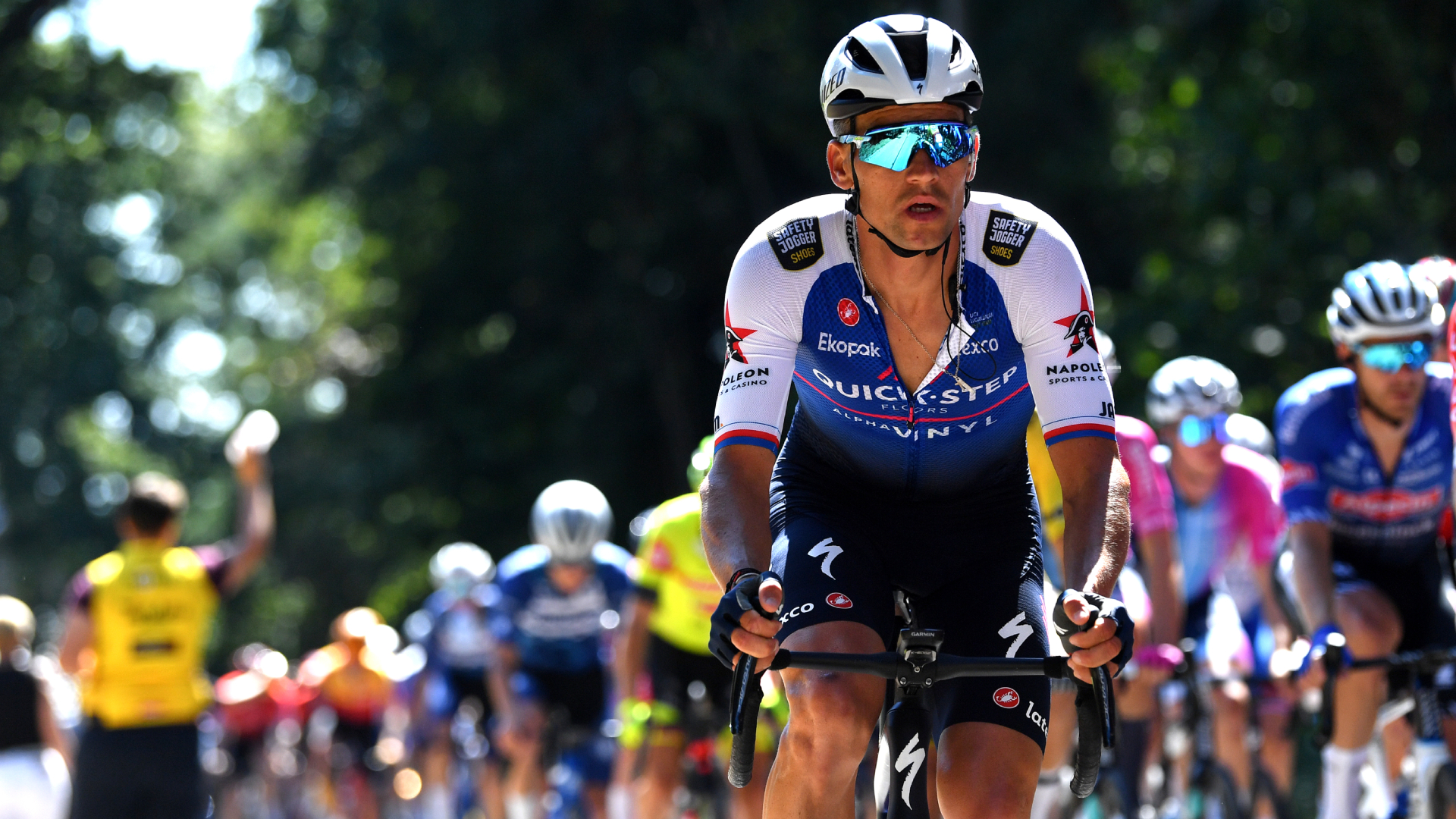
I first became interested in External Iliac Artery Endofibrosis (EIAE) in 2016 when a friend was diagnosed with the condition. Despite predominantly treating cyclists (mainly amateur and recreational) for the past few years, I had little knowledge about the condition at that time. These days, there is more information and publicity out there, with more professional cyclists being diagnosed and undergoing surgery. However, there are still few specialists in this area, and many sufferers end up carrying out their own research looking for answers.
External Iliac Artery Endofibrosis is a condition where blood flow is interrupted to the lower limb(s) due to narrowing, scarring or kinking of the arteries around the hip and groin area, particularly during exertion. It is also known as FLIA - Flow Limitation of the Iliac Artery - and whilst 90% of cases do involve the external iliac artery, it can infrequently involve the common iliac or common femoral arteries instead.
EIAE is a relatively newly discovered condition which was first described in professional cyclists in the 1980’s. It’s prevalence is on the increase, most likely due to an increased awareness of the issue. There has been a long list of professional cyclists suffering from iliac artery issues in recent years, including Tayler Wiles, Amanda Spratt, Pauline Ferrand-Prevot, Bob Jungels and most recently Zdeněk Štybar. It has been suggested that as many as 20% of professional cyclists have this condition. In the last year a research paper has also now called for endofibrosis to be classified as “an occupational disease” for professional cyclists.
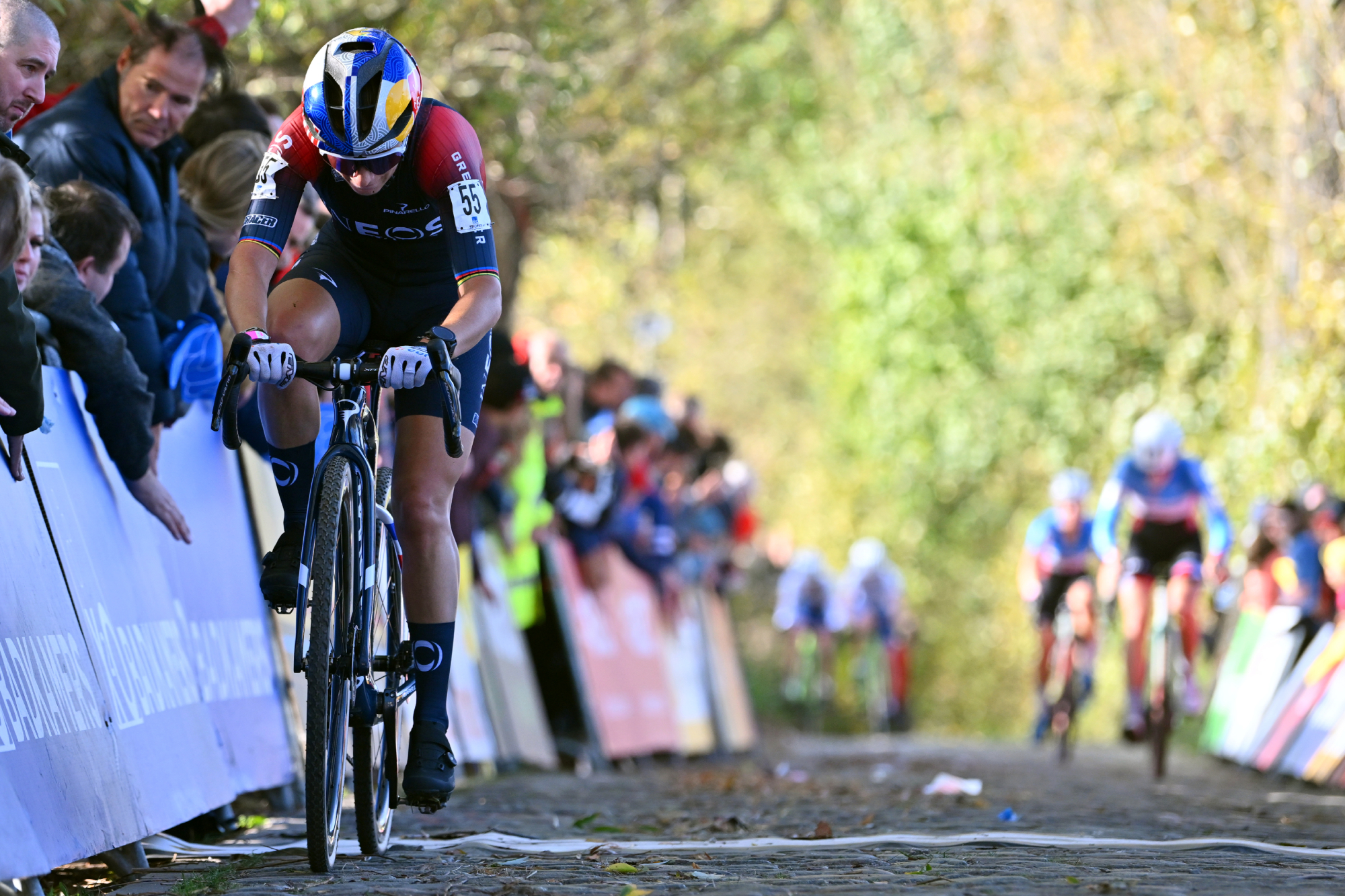
Whilst amateur and professional cyclists make up the vast majority of those with EIAE, it has been demonstrated in a number of other sports people who produce power in a flexed position for long periods of time such as speed skaters, hockey players and rugby players, as well as endurance runners and triathletes.
Interestingly, rowers tend not to suffer from the condition despite the amount of hip flexion involved, with the posterior chain producing power to move into extension and hip flexion being passive.
EIAE is more commonly reported in men, with less than 12% of those affected being female, although this is biased by the greater number of men participating in endurance sports. The symptoms are generally unilateral (bilateral in 15%) and occur more often on the left.
What are the symptoms of External Iliac Artery Endofibrosis?
Sufferers of EIAE experience pain with the predominant symptom being cramp, but also numbness, swelling and loss of power, mainly in the thigh and calf and less commonly in the buttocks. There are usually no symptoms at rest, and it only becomes apparent at near-maximal exercise. For cyclists, this will occur at high intensity efforts around lactate threshold such as time trialling or hill climbing. Symptoms will resolve within minutes once the effort has stopped, which is a major clue in identifying the condition.
The latest race content, interviews, features, reviews and expert buying guides, direct to your inbox!
What is the cause of External Iliac Artery Endofibrosis?
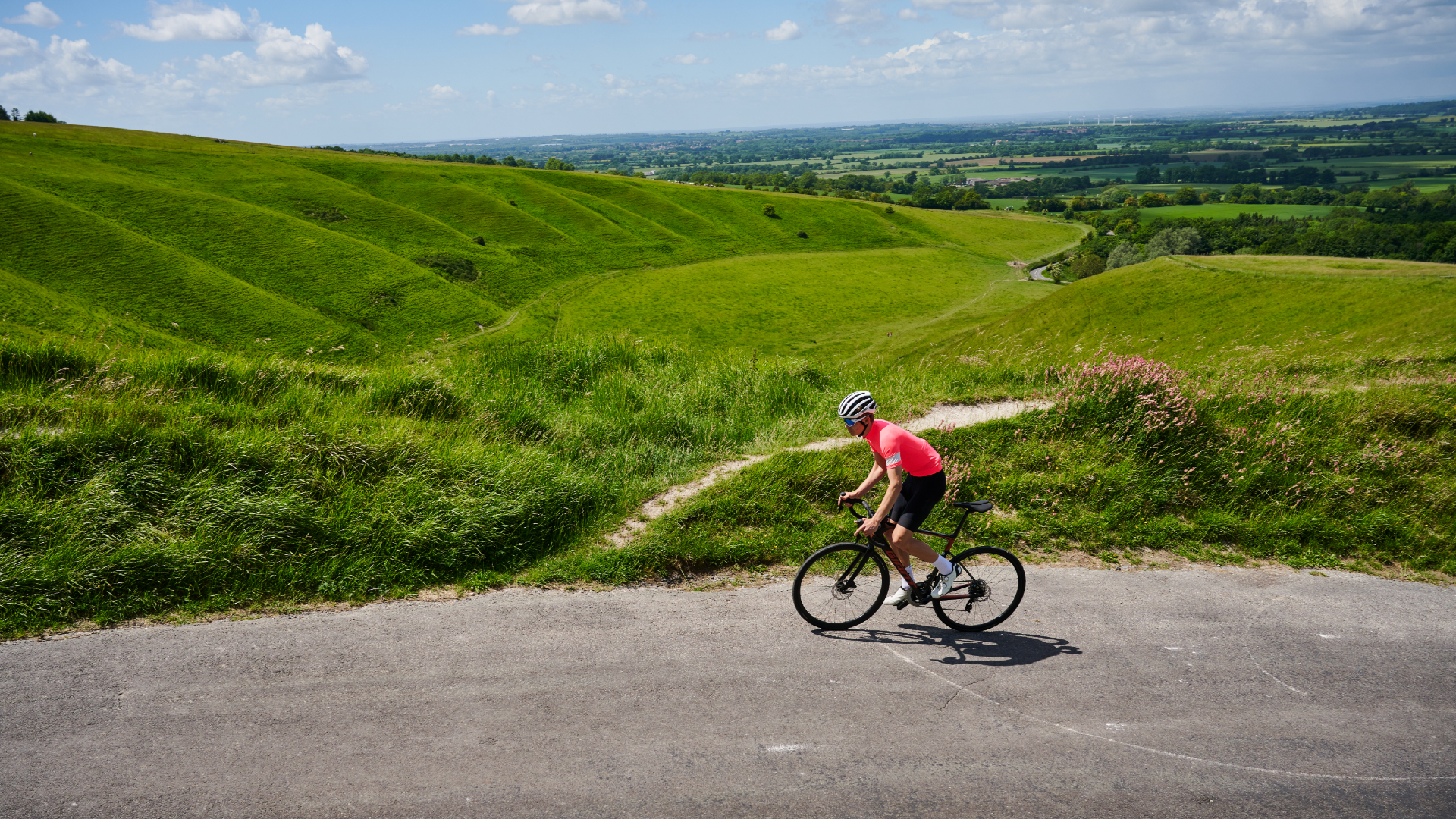
Repetitive stretching and deformation of the iliac arteries around the hip joint and inguinal ligament can cause kinking and damage to the iliac artery wall and a build up of fibrous tissue on the inside layer of the artery. This fibrous tissue not only narrows the artery but also prevents it from dilating during exercise, impairing blood flow and oxygen supply to the leg. The large volume of blood flow associated with intense exercise passing through a narrowed or kinked artery can also cause turbulence and microtrauma, furthering endofibrotic changes.
There are a few factors which can facilitate the development of EIAE when combined with high volume, high intensity activity. The cycling position has been cited as the main one, with repetitive stress in extreme hip flexion over long periods of time, in combination with very high blood flow during high intensity training stimulating endofibrotic changes.
Psoas muscle hypertrophy, from overuse or muscle imbalance, can increase stretching, compression and kinking of the external iliac artery during hip flexion.
Fixation of the artery to surrounding tissue, including to the psoas muscle, may tether the vessel and prevent the external iliac artery from moving freely during exercise, resulting in stretching or kinking.
Excessively long iliac vessels can make the vessel more tortuous and increase the likelihood of kinking during hip flexion. Kinking of the artery alone may cause a functional flow limitation in cyclists, although most experts suggest that kinking stimulates endofibrotic changes.
There have been some suggestions that systemic factors could also play a part, possibly some metabolic disorders and autoimmune disease such as Raynauds, although this requires further investigation.
However, not everyone is predisposed to the condition, and it is difficult to identify those most at risk or predict who will suffer from it.
Getting a diagnosis for External Iliac Artery Endofibrosis
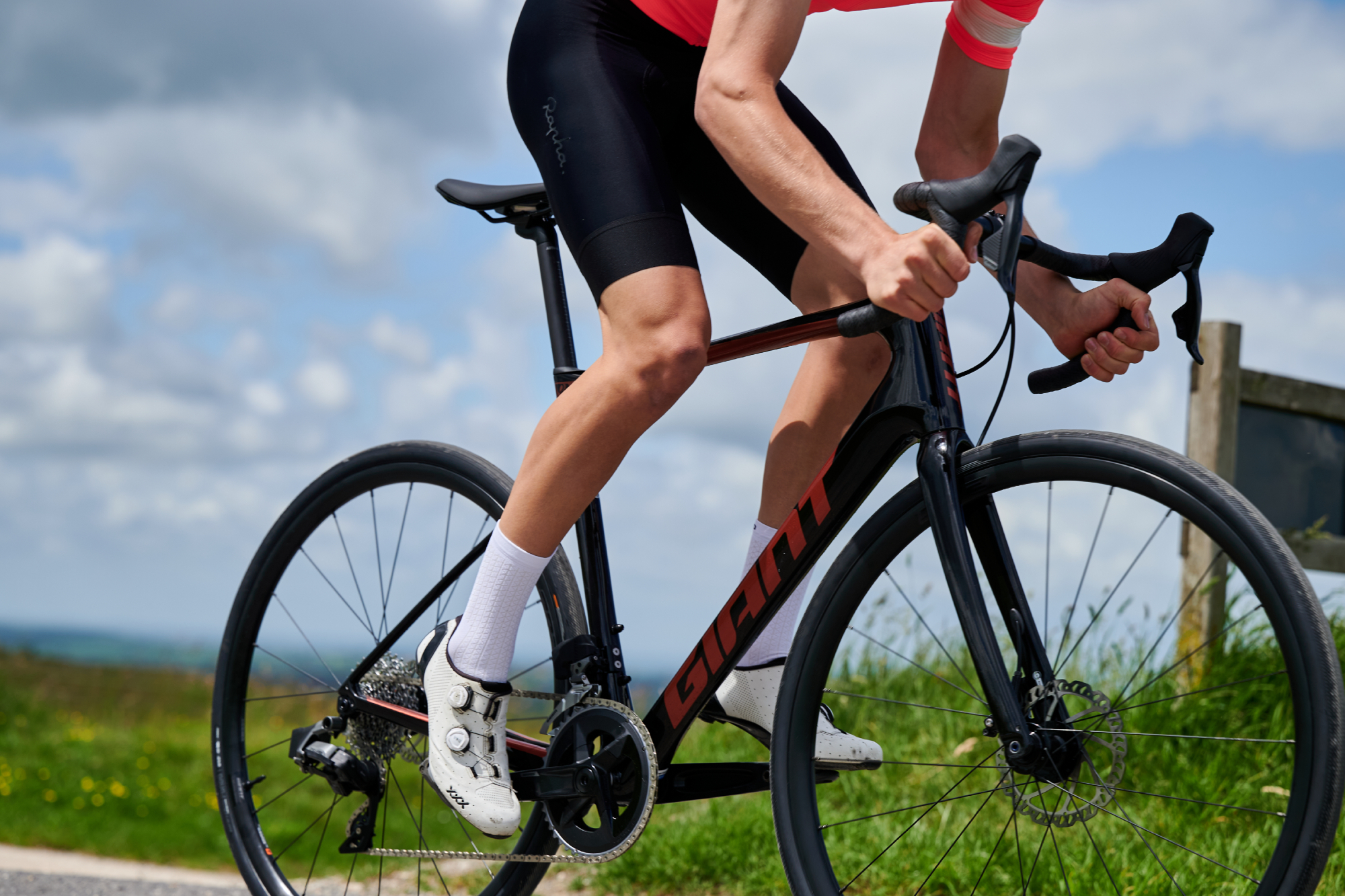
Those with EIAE often experience delays in diagnosis, some already having visited multiple health professionals for treatment, without much success. Other conditions that can present like EIAE are lumbar spine dysfunction, neural tension, compartment syndrome, overuse injury, and soft tissue injury.
Cameron Fraser, an amateur cyclist who managed the Sigma Sports - Cannondale race team for a number of years, tells a typical story:
"Initially, it was lower back pain for which I sought various treatments for over several years - Physio, Osteo, Chiro, dry needling on top of strengthening/gym work. Later, it turned out that this was likely caused by deteriorating left leg strength causing glute and left lumbar over-compensation as I continued to training and race at a high volume. In the two years prior to being diagnoses, I had worsening glute pain followed by increased left leg pain, particularly at high intensity. The pain would disappear after high effort.
"Finally, in the months leading up to diagnosis, I couldn't finish races or intense training sessions due to the pain in my left leg. It was excruciating at times, like my leg was being stamped on or compressed. As before, the pain was disappear but in the latter stages it would take longer for symptoms to ease after exertion."
The condition is relatively rare, and physical examination is mostly unremarkable at rest, other than an audible bruit (abnormal sound heard by a stethoscope) over the femoral artery which may be detected after exercise or with the hip in flexion.
Rob Hinchcliffe, a Professor of Vascular surgery in Bristol, urges health professionals to have a low threshold of suspicion for certain athletic populations with reported symptoms and send them for testing. He also advocates to raise awareness amongst athletes themselves.
Tests for External Iliac Artery Endofibrosis
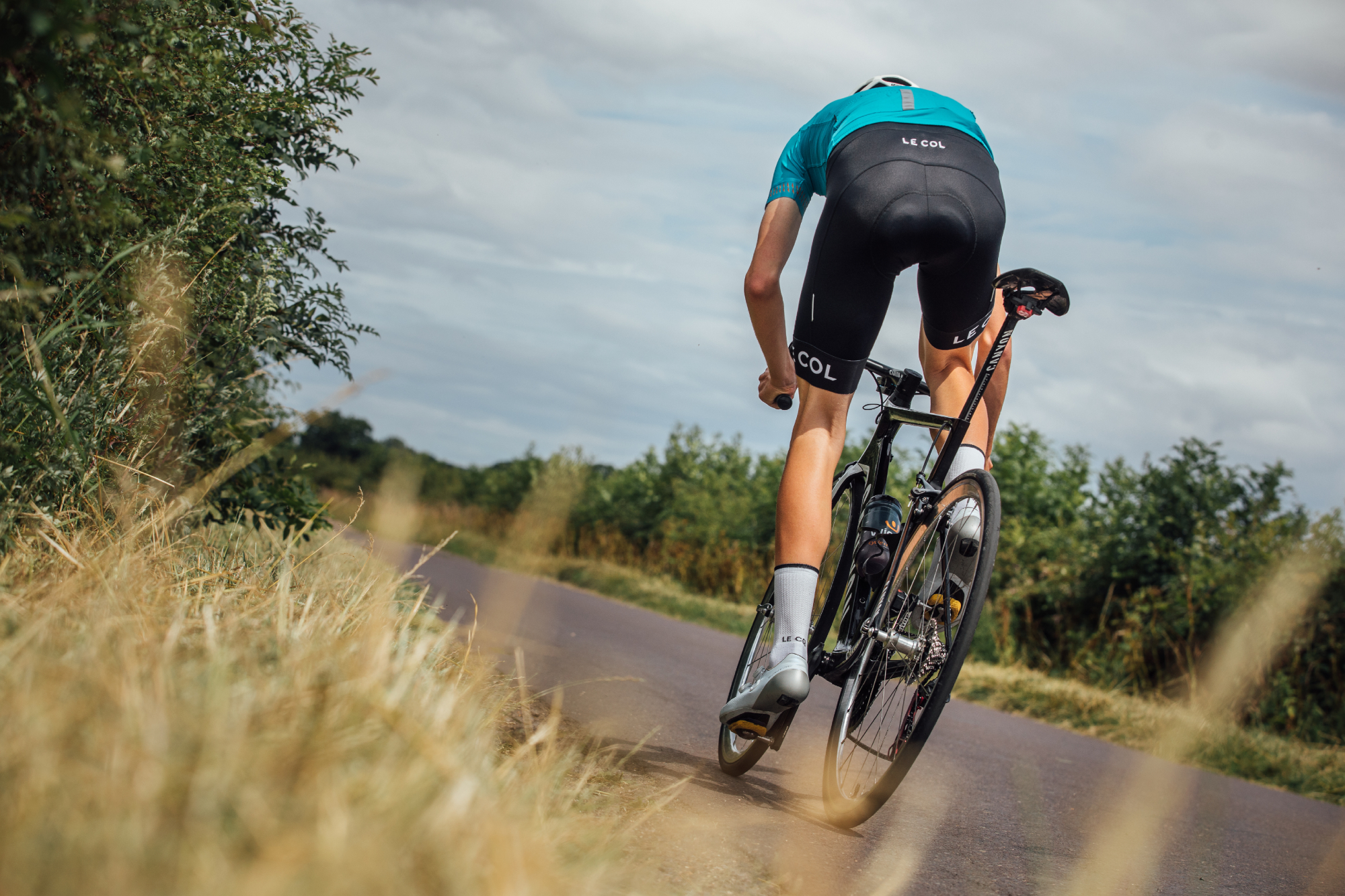
An ankle-brachial index (ABI) test is the least invasive test to get an initial diagnosis. It measures blood pressure at the ankle and in the arm at rest and then immediately after exercise, and will show a drop in ABI as a result of reduced blood flow to the legs. It should be done in the cycling position with intensity increased until symptom reproduction to ensure the test is sensitive enough to detect the condition, especially if in it’s early stages.
Doppler ultrasound is a cost-effective imaging technique that uses sound waves to measure the speed of blood flow in the artery, and is most useful in relatively severe cases. Additionally, a Duplex ultrasound, which also shows grayscale ultrasound images of the arteries and tissues, can identify both endofibrotic damage and kinking of the artery.
Additional imaging tests that may be recommended are CT angiography or static magnetic resonance angiography (MRA). They create detailed images of the vessels, which allows for assessment of vessel length, stenosis, and kinking, and can clarify which patients may benefit from surgical shortening of the artery.
The use of more invasive procedures such as Digital subtraction angiography and Intravascular ultrasound exist, but appear to be less common.
All imaging procedures need to be specific and be performed with the hip in flexion and after exercise to detect flow limitations.
Jem Arnold, an exercise physiologist, physiotherapist and coach, is conducting research into whether Near-infrared spectroscopy (NIRS) can be used as a tool to detect EIAE in it’s early stages. NIRS measures muscle oxygen saturation via a sensor on the skin. A pilot study thus far has showed promising results.
How can cyclists manage External Iliac Artery Endofibrosis
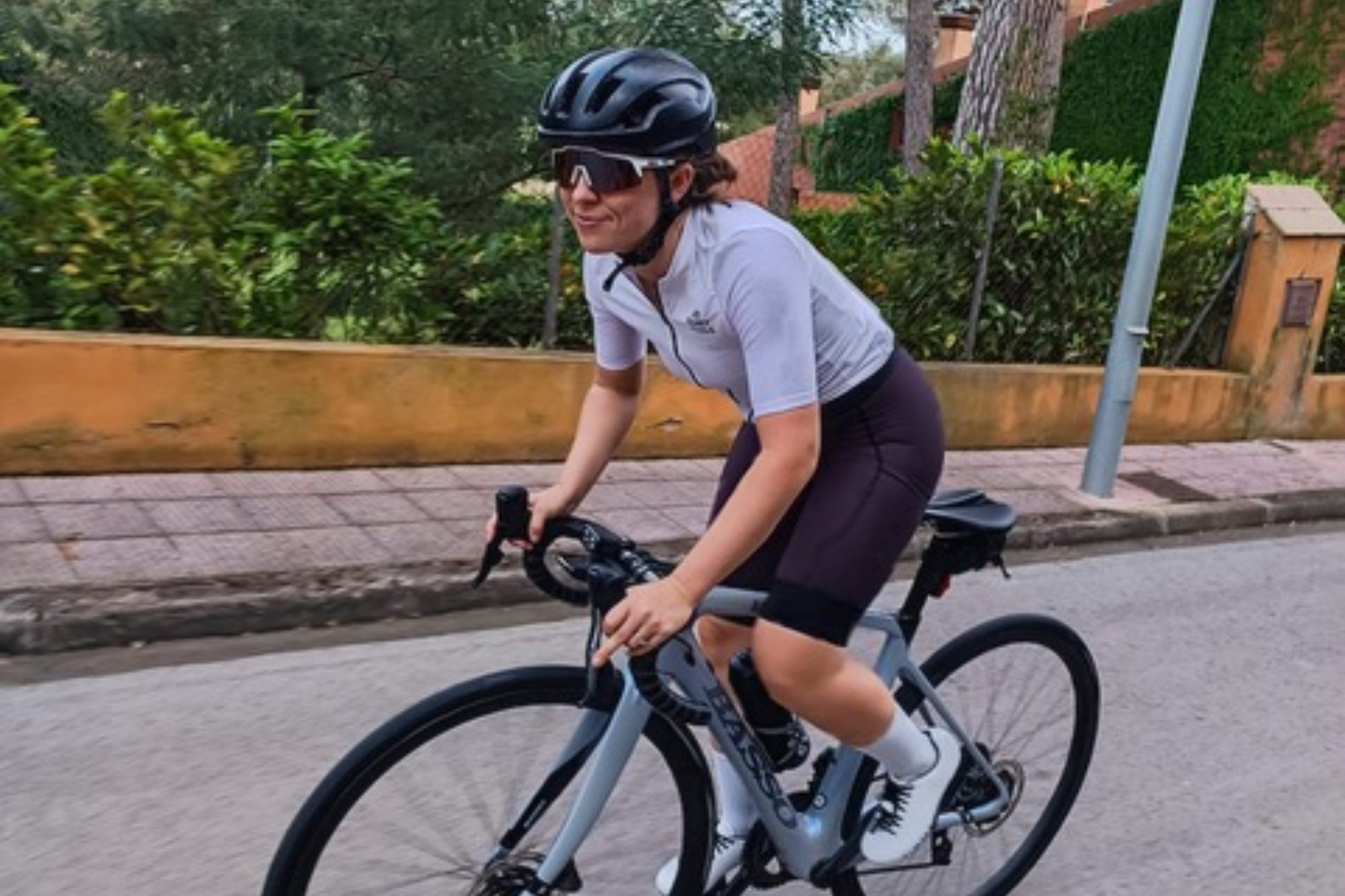
Louise Laker, who owns and operates the cycling company Eat Sleep Cycle in Girona, is someone who has been able to manage her condition without surgery.
"I decided not have surgery as I weighed up the unknown risks vs. the benefits if everything went well. I decided to try non-surgical management of the condition as a first step and at the same time I made the call to stop trying to train full-time and to focus on building my cycling business instead.
"The three things I do which mean I'm now unaffected are: 1) I ride a bike that fits me and has 155 cranks, 2) I don't train (but I enjoy riding whenever I like!), and 3) I do other sports like pilates and hiking which help to keep my body balanced, glutes activated and my hips open. I've adapted my lifestyle to what my body can cope with and whilst I don't cycle as much as I did I can walk again (which I couldn't in peak training/pre-diagnosis) and have a much more rounded and enjoyable life!
"The only lingering impact is a bit of dead leg on long endurance rides, with zero impact on my day to day life and running the business. It was tough at the time to give up on training and cycling full-time but on reflection it's worked out perfectly”.
There is little information around about the role of non-surgical management of EIAE, and few treatment options are offered other than surgery. One suggestion is to stop cycling, or modify it by avoiding high intensity efforts (including climbing or racing) and minimising aggressive aerodynamic positions, although this is likely to be unacceptable to many - and not a feasible option for professional cyclists.
Cycling-specific Physiotherapists like Kat Stene, who works with a number of Professional cyclists in Girona, advocate Physiotherapy to delay or perhaps even offset surgery, especially if intervening at the early stages of the condition. Techniques employed include soft tissue work around the hip flexors and muscle re-education. Retraining the hip flexors to stop their overuse, deep core activation and building up the glutes and posterior chain, especially whilst pedalling, may take the strain off the artery and perhaps allow it to heal.
However, progress is often slow, and the athlete needs to have the time and resources to invest. Changing the pedalling pattern may be difficult due to the years these athletes have been cycling. Also, the exercises need to be done correctly to change neural pathways of the muscles being used, requiring feedback and good body awareness which will vary between individuals.
Bike fit changes could also play a part, although again, there is no research into it’s effectiveness. In theory, you would look to decrease hip flexion and open up the hips by reducing crank length, raising the front end height, and increasing saddle height and adjusting saddle setback to adopt a more forward saddle position.
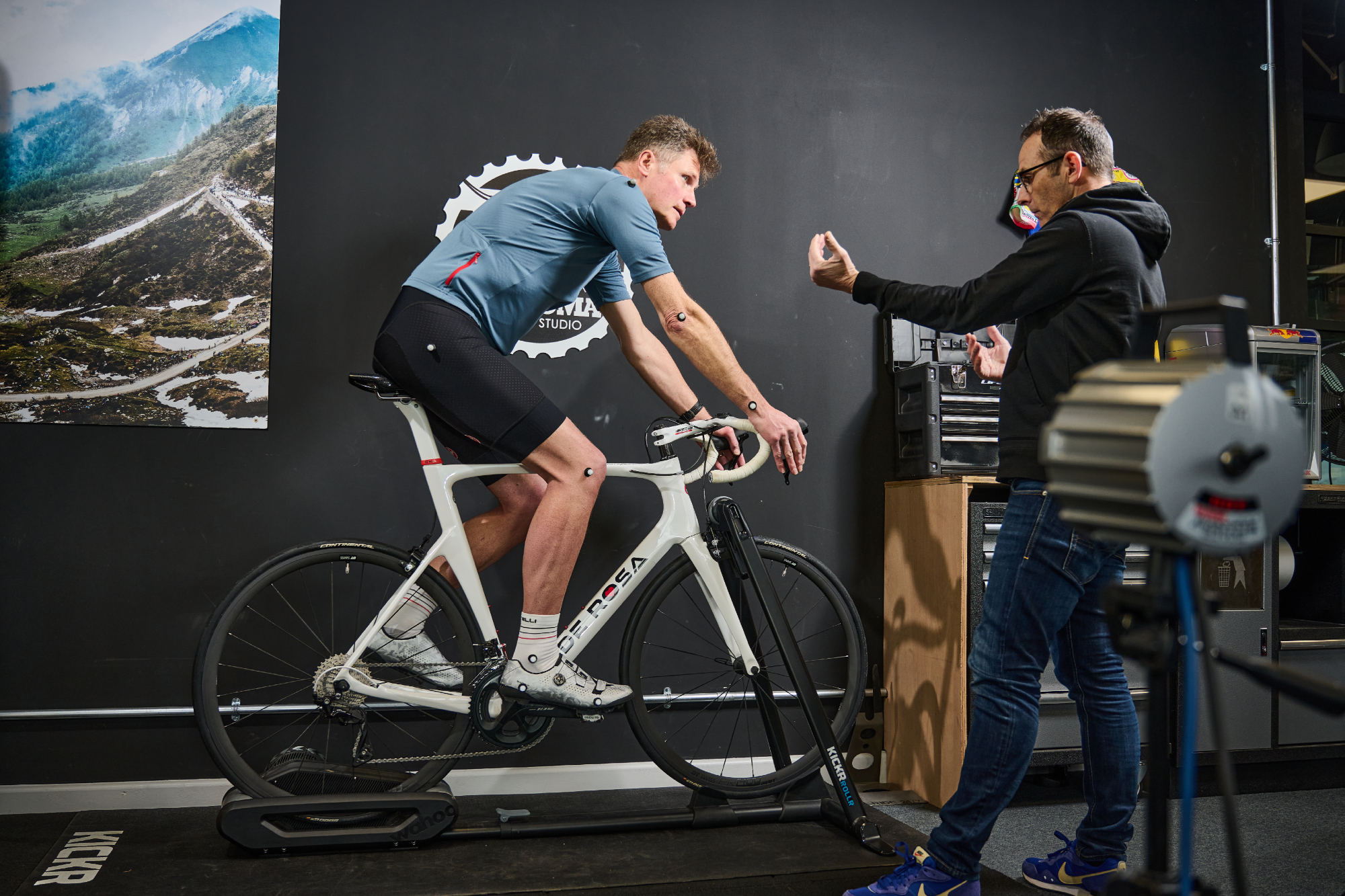
The natural history of the condition is unknown, although it is thought that disease is progressive if you continue to train with symptoms.
Surgical intervention
The treatment of EIAE involves major vascular surgery with carries high risk and a long period of rehab and hence should be carefully considered before being undertaken. Complications, if they occur, can be catastrophic.
An open surgical procedure is used, as less invasive treatments like stents and balloon angioplasties are not effective for EIAE, and will depend on the cause of the patient’s symptoms. Careful selection is required to ensure the appropriate procedure is used, which may be determined from investigations, but may not become apparent until the operation is undertaken.
If the external iliac artery is kinked by its attachment to the psoas muscle, then the surgery would release the restrictive fibrous tissue and any tethering of the artery to the muscle. If the artery is longer than average, surgically shortening the artery may be necessary to relieve the symptoms.
However, if there is fibrosis and narrowing of the vessel wall, then a procedure called an endarterectomy will be needed. This involves removing the fibrosis from the vessel wall and replacing it with a saphenous vein graft which also widens the artery.
A bypass procedure can also be used, where the surgeon attaches either one of the patient’s own veins or a synthetic tube to the area near the blockage so that blood can flow around the blockage.
There is very little information on long-term outcomes or the relative benefits of the different operative techniques. Current research is looking at athletes who had surgery in the early 2000’s (10+ years) with the results generally being positive. Certainly when looking into this topic, I have found a mixture of both successes and failures.
For Fraser, the decision was a good one:
“The most difficult thing (about EIAE) was the frustration, anguish and sadness from not being able to ride, to race and compete and not knowing what was causing it. Having been informed about the seriousness of the surgery and presented with the risks it was a big decision to make but I couldn't think about not being able to ride, to race. It was one of the best decisions I've made…”
Post-surgical rehabilitation
Surgeons have given patients guidelines regarding activity and return to cycling and competition, but as yet there are no established rehab protocols available following EIAE surgery.
Physiotherapists Jem Arnold and Kat Stenes have been working on developing these protocols, including specific exercises to restore mobility, stability, strength and re-load tissues.
However, there is a general consensus on some aspects of recovery and rehab. The first is that rehab should not be rushed, especially in the early stages. Tissues need time to heal, and there is a high risk of bleeding and disrupting the repair if stress is applied too soon.
Initially, walking is the recommended activity, being careful to keep heart rate low (around 100bpm or 50% maximum). This can be gradually increased in time and intensity, progressing to jogging.
There seems to be wider variation in opinion on when to resume cycling (from 5-10 weeks) and return to competition (3-12 months). Initially, cycling should be in an upright position to minimize hip flexion and at a low load.
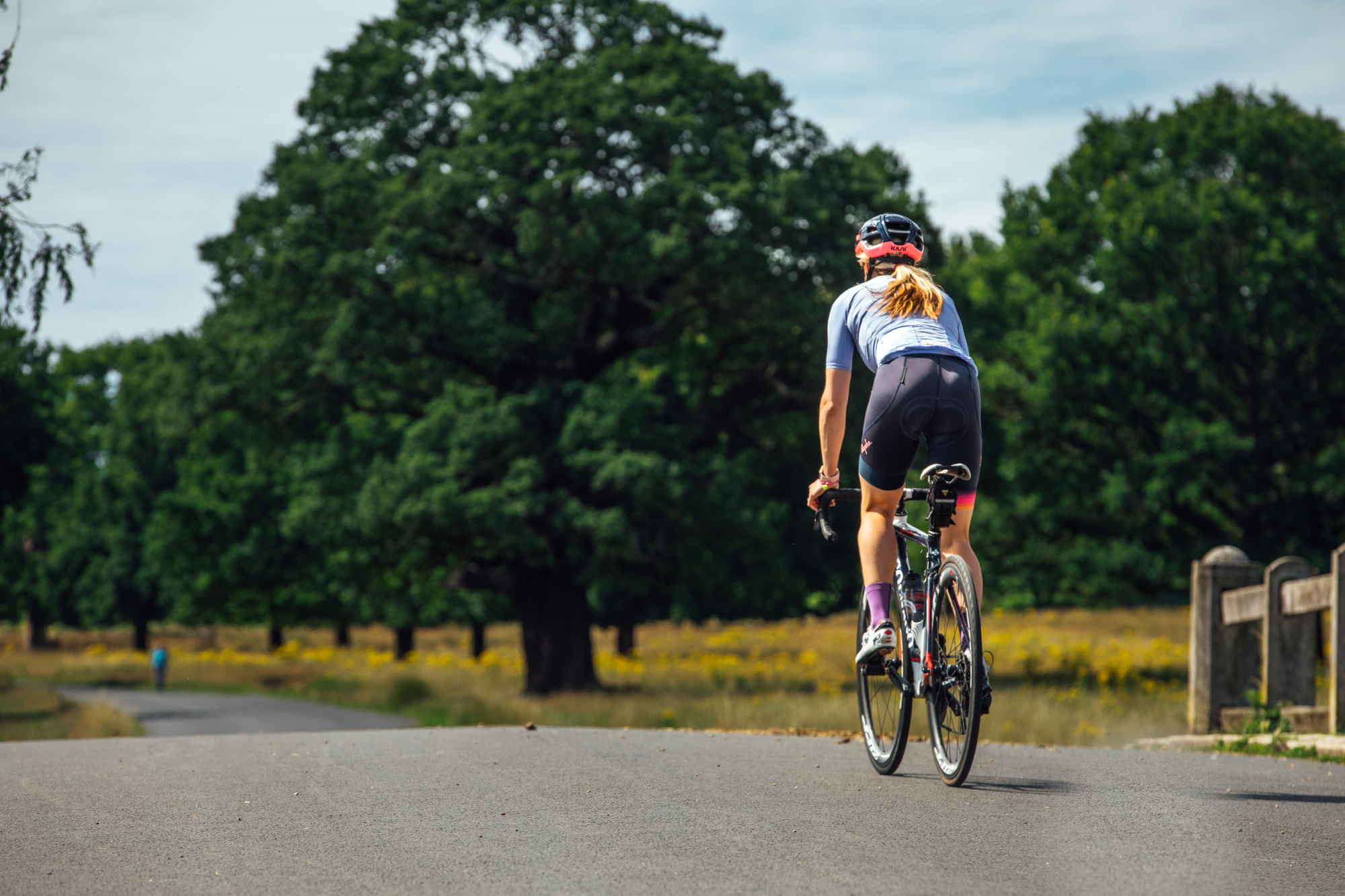
Gemma Berry, a Physio and age group triathlete in Melbourne who underwent EIAE surgery in July last year, found the lack of rehab guidelines frustrating, so constructed her own rehab protocol (outlined below) by utilising her Physio knowledge and doing some research. She used her body’s responses to exercise, including pain, to guide activity.
- Week 1: Discharged from hospital when mobile
- Week 2: Walking 20 minutes, hip flexion as pain tolerated (3/10), scar massage
- Week 3: Matwork Pilates
- Week 4: Hydrotherapy, light upper body weights (seated or lying)
- Week 5: Return to work as a Physio, exercise bike, soft tissue work to adductors, hip flexor
- Week 6: Pilates, run/walk
- Week 7: Light bodyweight strengthening with bands, stretching, cycling with 60% FTP efforts
- Week 12: Increased weight training
- 4 months: Threshold efforts on bike
- 6 months: Return to competition
Final word...
There are still a number of unknowns about EIAE, most notably who is susceptible, what the natural history of the condition is, the effectiveness of conservative interventions, and what the long term surgical outcomes are. With all the difficulties in diagnosis, a cycling-specific Physio or Sports Physician may be your best option for suspecting or identifying the condition, and sending you for appropriate investigations. Like most conditions, early detection is important to start implementing intervention and minimise further damage.
A Cyclists’ Iliac Syndrome Facebook group founded by Mike Salkeld, now with 553 members, was created to provide useful references in one place, along with access to members who have experience of the condition. Members share their stories about many of the topics discussed in this article, and can be a useful source of first hand information.
Nicole Oh is a physiotherapist and bike fitter, with training in biomechanical assessments, sports injury rehabilitation, acupuncture and clinical pilates.
A competitive cyclist with a background in triathlon, Nicole raced at National level in the UK, also managing and co-founding the Les Filles Racing Team. Having moved to Sydney, she works as a physiotherapist at The Body Mechanic and continues to race competitively.